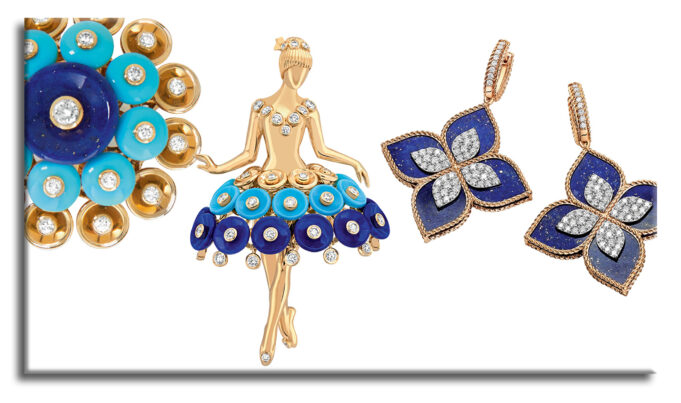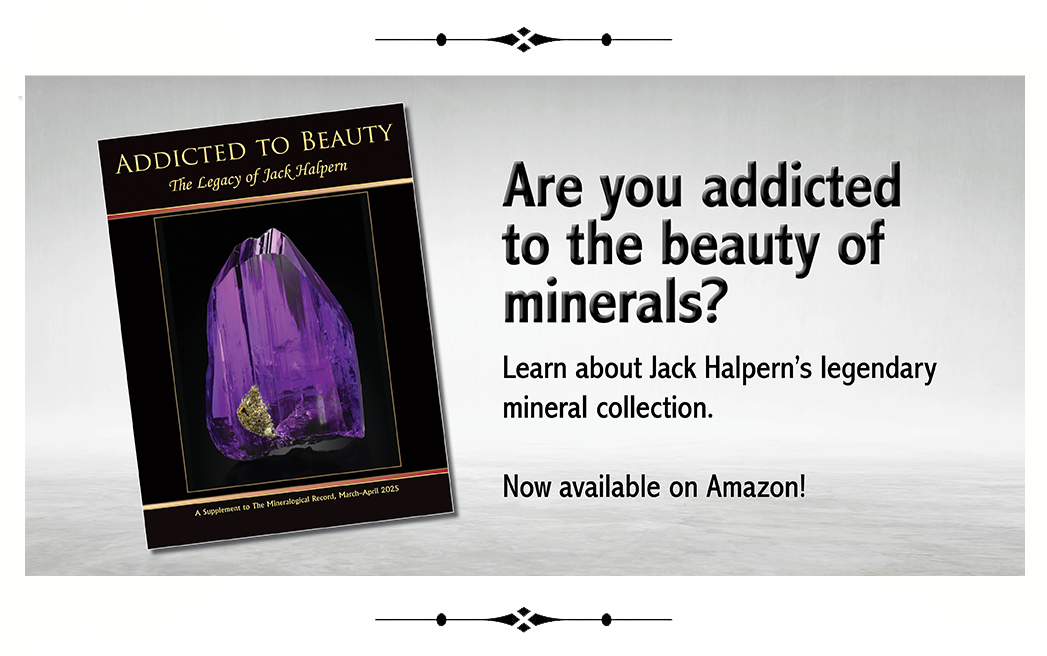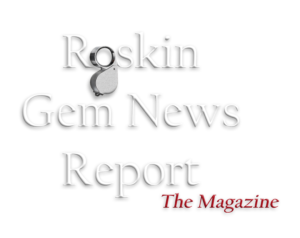Rapaport Magazine
Cynthia Unninayar | November 30, 2022
The rich blue gem known as lapis lazuli has long evoked comparisons to a star-flecked evening sky. The similarity even helped inspire its name: The Latin “lapis” means “stone,” while “lazulum,” meaning “blue,” comes from the Arabic or Persian “lazward” for “sky.”
Lapis is not a single mineral, but a metamorphic rock consisting of multiple materials. The main component that gives the stone its distinctive color is lazurite, a tectosilicate mineral.
“Today, lapis is a beloved gemstone among lapidaries, jewelry artists and gem enthusiasts,” says Helen Serras-Herman, creative director of Gem Art Center near Tucson, Arizona, who often sculpts lapis for her designs. “It is a popular material for cabochons, beads, carvings, small sculptures, decorative items, inlays, and even pigments.”
The traditional source of the finest lapis specimens is the same today as it was thousands of years ago: the mountains of Afghanistan. However, there are also mining sites in Chile, Russia, Pakistan, Angola, Canada and the US.
Despite the geopolitical problems that have plagued Afghanistan, low- and medium-quality rough lapis from the country’s Sar-i Sang mines continues to arrive in Kabul and in Peshawar, Pakistan, reports Gary Bowersox. A leading expert on Afghanistan, Bowersox is the CEO of Hawaii-based wholesaler Gem Hunters Corporation, which offers Afghan lapis among its wares.
“The supply of high-quality lapis lazuli has diminished,” he says. “Prices in Kabul for lapis are currently down from previous years by approximately 70%, as shipments to other countries are not allowed. Prices in Peshawar are slightly lower than previous years, which is supported by the lower value of the Pakistani rupee versus the US dollar.”
A lot of good information in this feature.
To read the full story, Tap Here to link to Rapaport Magazine.












